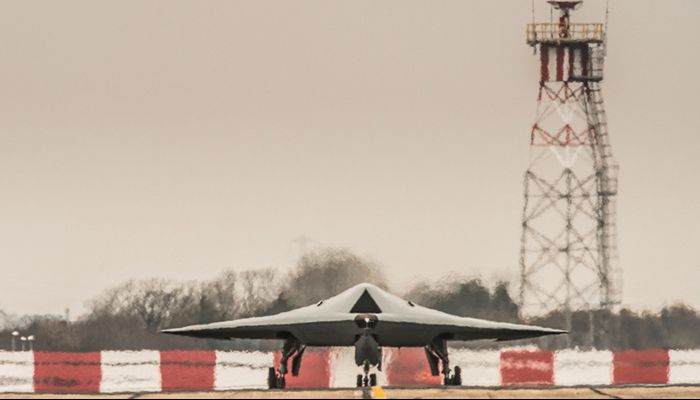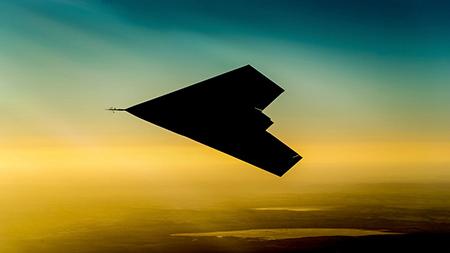Taranis was designed for asymmetric warfare and air-to-air and air-to-ground combat. It is surprising, however, that the authoritative magazine described the Taranis as already operational. Description that has not gone unnoticed in Israel.
Taranis is known to have successfully completed a test flight, registered and publicized the August 10 last year in the Woomera military range in southern Australia. Taranis flew for 15 minutes, performing maneuvers at various heights and at different speeds before landing. A week later, the August 17, another test flight was made. Since then it is estimated that additional flights have been performed.
According to Popular Science there are currently two Unmanned Combat Air Vehicles (UCAVs) in development. In addition to the Taranis of the United Kingdom, there is the Northrop Grumman RQ-180. The United States tests all the UCAVs in the Area-51.
The God of Thunder: The Taranis
The top-secret prototype of the unmanned British war drone called "Taranis" completed the second series of flight tests at a secret location in July last year.
The prototype, which to date has reached the remarkable figure of 316 million dollars, aims to develop an invisible unmanned aircraft for C4ISTAR missions for surveillance, information gathering and electronic warfare in enemy territory.
The wings of the Taranis have a high angle of positive arrow with an opening that measures 33 meters wide. According to BAE Systems the Taranis is the non plus ultra of aeronautical engineering and design.
 On 15 last July, at Farnborough International Airshow, BAE Systems announced that the drone has completed the second series of test flights. In particular, operators have assessed electronic warfare capabilities, encrypted communication systems, integration between the engine and the aircraft's stealth capability to circumvent radar detections.
On 15 last July, at Farnborough International Airshow, BAE Systems announced that the drone has completed the second series of test flights. In particular, operators have assessed electronic warfare capabilities, encrypted communication systems, integration between the engine and the aircraft's stealth capability to circumvent radar detections.
Taranis, name of the Celtic god of thunder, is part of the Anglo-French project known as the Future Combat Air System (FCAS). FCAS aims to develop a new stealth combat drone, with member countries contributing in equal parts to half of the program budget.
The Taranis remains a top-secret program, but some details have been declassified for the public by BAE Systems.
We know that most of the drone technology was developed in England, but several American companies, including General Electric and the Triumph Group, have designed most of the flight systems.
The first flight of the Taranis took place between October 2013 and March of the 2014. The drone has demonstrated its ability to taxi itself to the runway for take-off, take off and fly to the destination area. Taranis would then be able to generate a flight plan up to the target, locate it and return to the base. The aircraft also performed a simulated assessment of damage to the target before making a landing. All without human intervention.
The 316 million dollars of the Taranis have been covered for the 30% by the BAE and by the British Ministry of Defense for the remaining 70 per cent.
The Taranis was presented to the public in July of the 2010. The first tests classified on the ground started in the 2013. The 10 August last year the warplane completed its first 15 minute flight.
Franco Iacch

(photo: BAE Systems)












